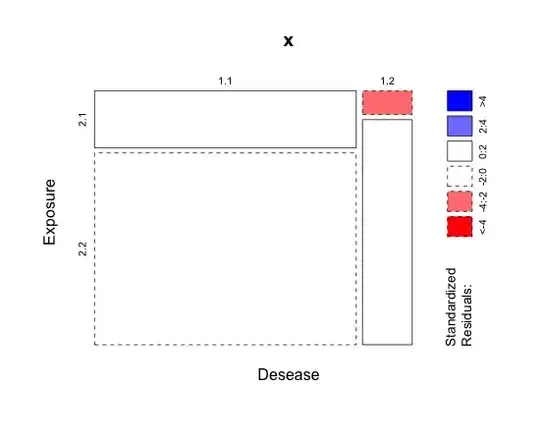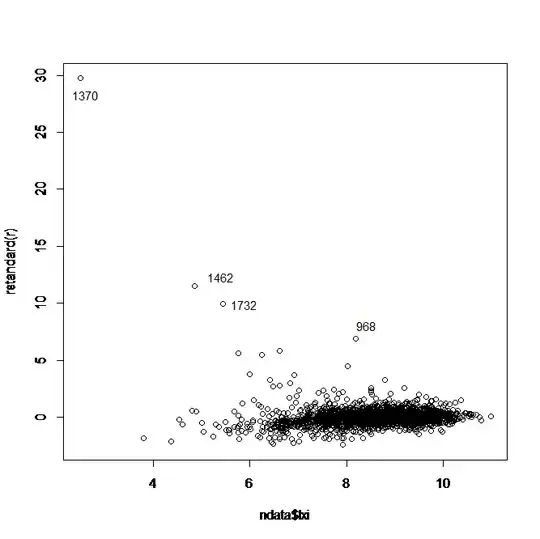With most pivotal quantities that I'm thinking of, after we rearrange stuff to get an interval, the interval's "location" depends on a random point estimate. The example below has an interval with midpoint equal to the sample mean.
Is there a way to guarantee that we end up with an interval centered at $0$? By "centered at $0$" I mean an interval of the form $(-c,c)$ for some fixed $c \in \mathbb{R}^+$.
For example, with a normal random sample, we could start with the pivotal quantity $\sqrt{n}(\bar{x} - \mu)/s$, and rearrange the right hand side of
$$ 1 - \alpha = \mathbb{P}\left(-t_{\alpha/2,n-1} \le \sqrt{n}(\bar{x} - \mu)/s \le t_{\alpha/2,n-1} \right) $$
into
$$ \mathbb{P}\left(\bar{x}-\frac{s}{\sqrt{n}}t_{\alpha/2,n-1} \le \mu \le \bar{x}+\frac{s}{\sqrt{n}}t_{\alpha/2,n-1}\right). $$
Is there a way we could scoot it over $\bar{x}$ and then fix the (random) width so that we end up with $95$% coverage, still?
I suspect it isn't possible. If I'm not changing the pivotal quantity, all I can do is pick the quantiles. This example is an "equal-tailed" interval. But how can I deterministically pick quantiles, by picking two positive numbers that sum to $\alpha$, based on a random data set I haven't obtained yet?


